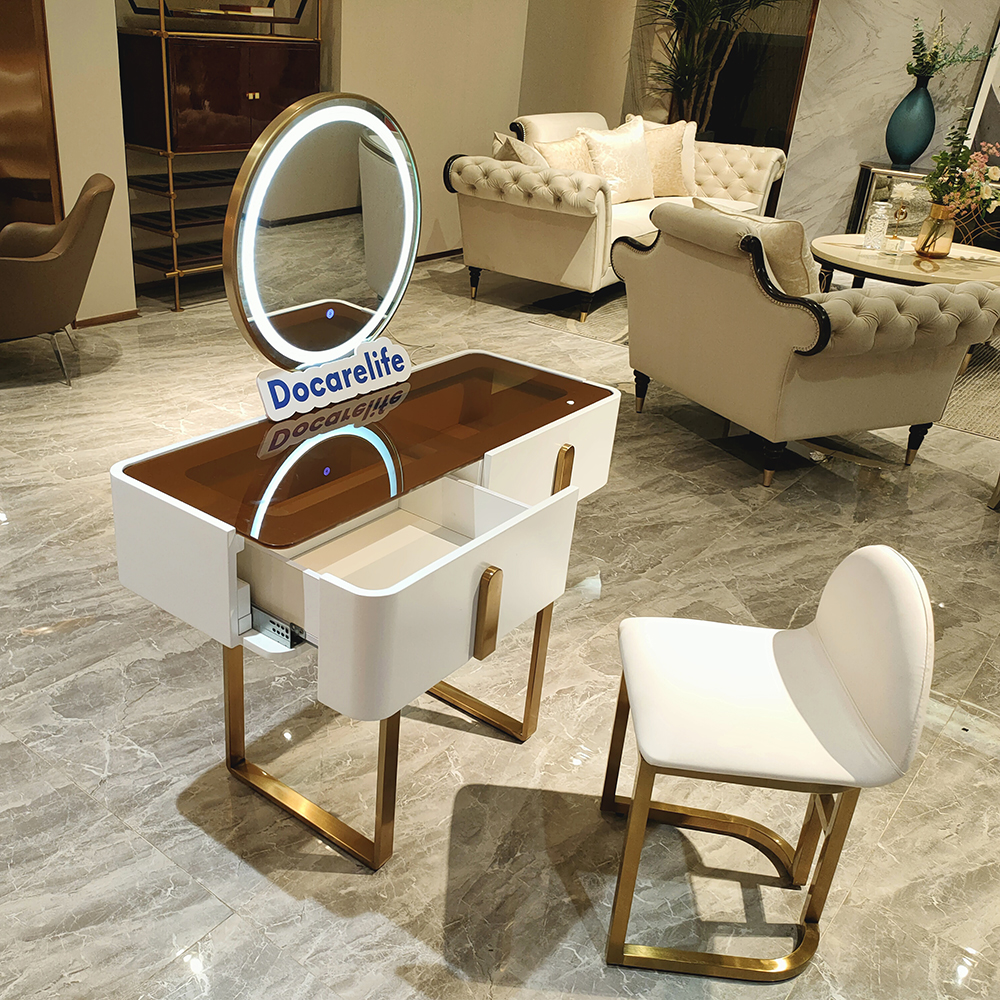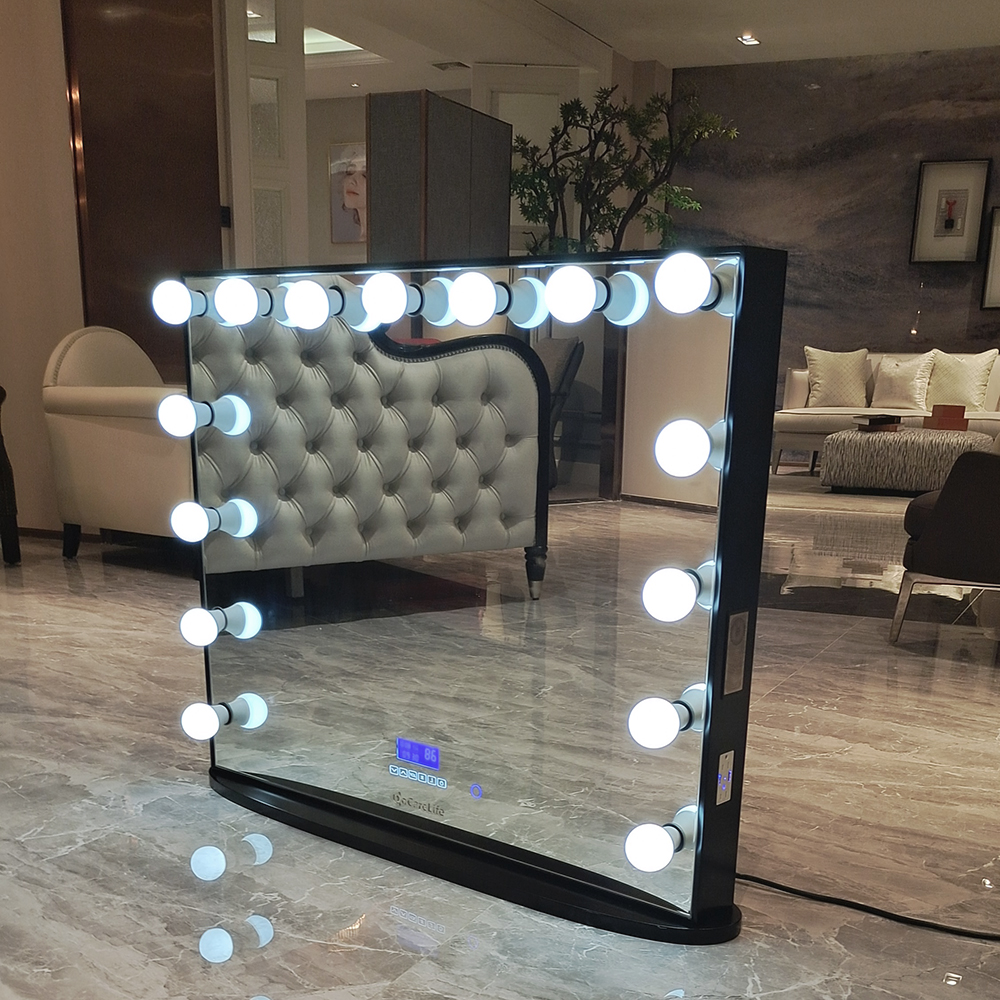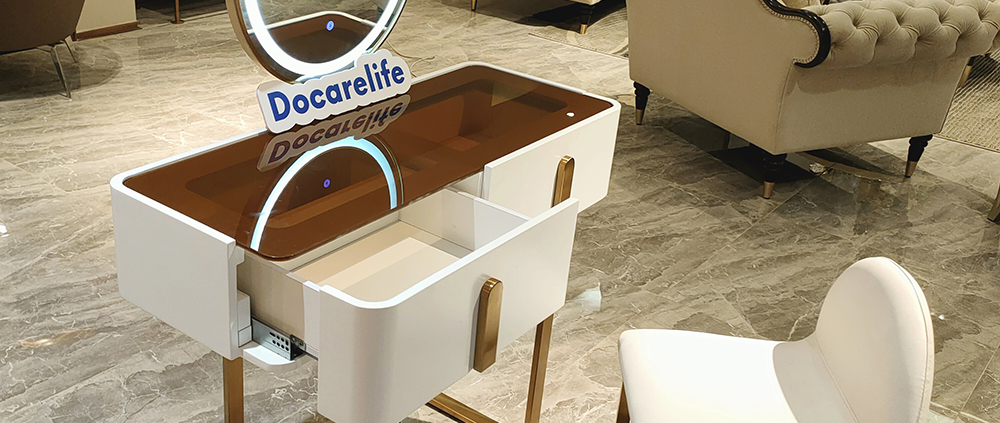Everything You Need to Know About LED Mirrors
Choosing a new mirror should be a simple case of choosing the size and shape that you want, but unfortunately it’s not. The choice these days can be overwhelming, so let us guide you through everything you need to know about LED mirrors to help you find the perfect one for you.

Isn’t Choosing a New Mirror Easy?
Not too long ago, the only decision you had to make when buying a mirror was which size and style you wanted. Then came illuminated mirrors, but these were expensive, power-hungry and likely to require a new bulb every few months, especially if you forgot to turn it off during the day/night. Modern illuminated bathroom mirrors forgo cumbersome fluorescent bulbs in favour of cheaper, more energy-efficient and longer lasting LEDs. (We’ll talk about this more later).
So, actually, it would appear that when it comes to buying a new mirror, not much has changed. Shape and size are still important, and there’s the added choice of whether you want LED illumination, but apart from that, there’s not much else to consider…. or so you might have thought. In actual fact, the choice when it comes to LED bathroom mirrors could leave you feeling as disorientated as if you were in an actual mirror maze.
A (Very) Brief History of the Mirror

It is thought that humans most likely used pools of dark, still water as the first ‘mirrors,’ although quite what they would have needed to see, one can only imagine. The earliest manufactured mirrors were crafted from polished stone as early as 6000 BC and it took roughly 2000 years for the first metal mirrors to be made. In the following six millenia, not much progress was made; glass became the primary material, with a thin layer of metal providing the shine; mirrors became smoother and more reflective; and experiments were made with concave and convex mirrors, but it wasn’t until around 5 years ago that mirrors really began to change.
The Benefits of LEDs
There are numerous reasons why LEDs are now the go-to lighting option in all walks of life, from car manufacturers to housing. Here’s our rundown (in no particular order):
Firstly, LEDs are significantly cheaper and easier to produce than fluorescent lights. This reduced price benefits not just the manufacturers, but you, the customer as well.
LEDs are also the most energy-efficient way of lighting a mirror, saving you money off your energy bill and doing your bit for the environment at the same time. They also have a far superior lifespan. The average LED has a lifespan of roughly 50,000 hours, some 42 times longer than a traditional incandescent bulb. Without going too much into kilowatts and electrical jargon, the average LED over its 50,000 hour life will cost roughly 1/6 that of a traditional bulb, so perhaps it’s not just in your mirrors where you should be looking to replace bulbs.




